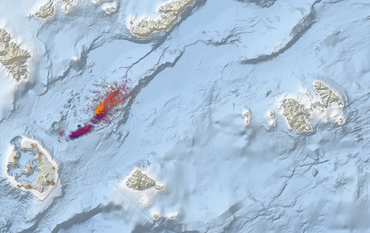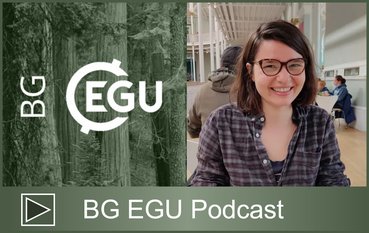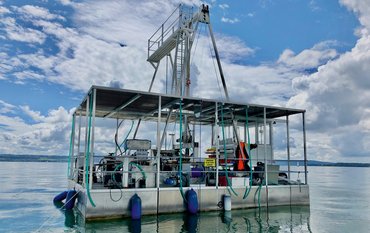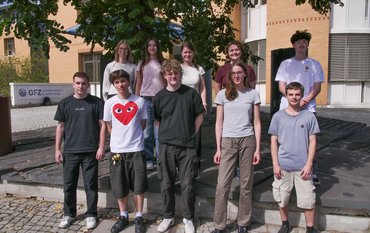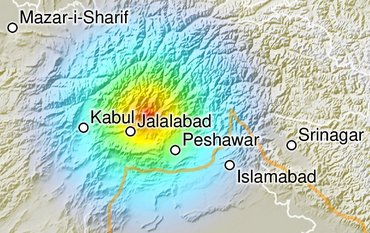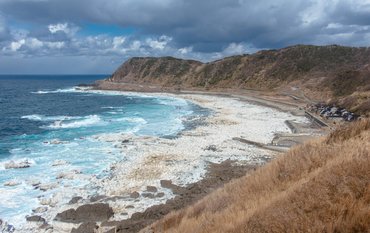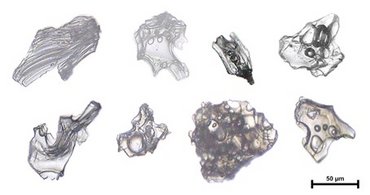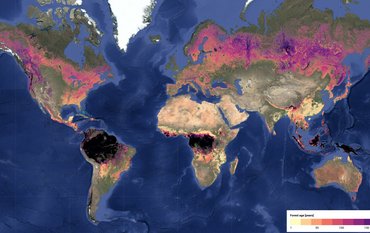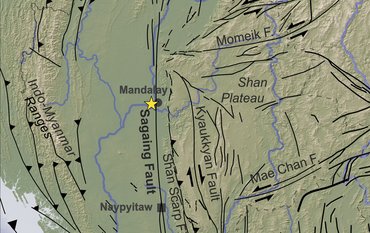Researchers from the GFZ Helmholtz Centre for Geosciences, in collaboration with colleagues from The University of Queensland in Brisbane, Australia, and other researchers, have published an updated map showing the tectonic stress in the Earth's crust. The updated "World Stress Map" is of central importance for understanding geodynamic processes such as plate tectonics and earthquake cycles and for the exploitation and safe utilisation of the subsurface. This includes, for example, geothermal drilling or the storage of radioactive waste.
The comprehensive update of the World Stress Map (WSM), the first in nine years, contains more than twice as many data points as the WSM 2016. The update includes analyses of new data from more than 3,000 deep boreholes worldwide. Since the first WSM database in 1992, the number of data points has grown from 7,300 to over 100,000 in the new release.
All data and the global stress map are freely accessible via the project’s website at world-stress-map.org. The site also provides the tool CASMO (Create A Stress Map Online), which allows users to generate customized stress maps.
The WSM has been coordinated at the GFZ since 2009 and is the result of a long-standing international collaboration between scientific institutions and industry partners. The WSM is led by Oliver Heidbach (GFZ) in close cooperation with Mojtaba Rajabi (The University of Queensland).
Background
The tectonic stress field of the Earth's crust is fundamental in understanding geodynamic processes that drive plate tectonics and the earthquake cycle. Beyond natural processes, knowledge of tectonic stresses is also crucial for the safe and efficient use of the subsurface—for example, in energy storage, geothermal energy development, or evaluating the stability of sites intended for deep geological repositories for radioactive waste.
Specialized computer models are used to simulate the crustal stress state and to predict changes resulting from both natural and anthropogenic processes. These models are designed to identify conditions that may lead to critical states of rock instability. To function accurately, such models rely on high-quality stress data. The more comprehensive and reliable this data is, the more precise and robust the predictions will be.
History
The WSM project was initiated in 1986 as a task force under the International Lithosphere Programme (ILP). The first major publication of the WSM database occurred in 1992.
Efforts to compile crustal stress data date back to the 1930s. With the expansion of global seismological networks in the 1960s—spurred in part by the monitoring of nuclear weapons tests—and the analysis of borehole breakouts starting in the late 1970s, the number of stress data for the upper kilometres of the Earth’s crust increased significantly. Borehole breakouts, in particular, became a key stress indicator. Although valuable for research, these breakouts can pose serious challenges during drilling, potentially leading to complications such as wellbore instability or even loss of the well.
International standard
The WSM database is the only global repository that systematically collects, analyses, and freely provides stress data from the Earth's crust. The WSM project plays also a leading role in setting international standards for stress data analysis and assessment. A core element of this work is the classification of all data into quality categories. This quality ranking scheme was developed in collaboration with international experts and is continually refined to reflect the latest scientific advancements.
Examples of industrial applications
The WSM database serves as a global reference for industries that depend on the stability of the geological subsurface. It provides essential crustal stress data for preliminary assessments during the planning stages of georeservoir development.
A key industrial application is the assessment of borehole stability. During drilling, the borehole wall forms a free surface that deforms under the influence of the acting stresses. If these exceed the rock’s strength, the wall may fail, resulting in so-called borehole breakouts. On a large scale, these failures can compromise borehole integrity. By using stress data from the WSM, operators can better understand the orientation and magnitude of in-situ stresses, allowing them to plan borehole trajectories and drilling management to maximize stability and minimize risks.
Another critical application involves the final disposal of radioactive waste containers in deep geological repositories. In regions where vertical stress exceeds horizontal stresses, the orientation of storage galleries plays a vital role in long-term stability. For example, a horizontal storage gallery aligned perpendicular to the maximum horizontal stress SHmax tends to be more stable than one aligned parallel to it. Knowledge of the stress regime thus directly helps for a safer and more efficient design of underground storage systems.
Example of new scientific findings based on the updated World Stress Map
The latest release of the WSM is also of major significance for scientific research. Prof. Oliver Heidbach, head of the WSM project at the GFZ (Section 2.6 "Earthquake Hazards and Dynamic Risks") explains: "In the Bowen Basin, a sedimentary basin in eastern Australia, we have recently acquired a new dataset from a very dense network of hundreds of deep boreholes. This exceptional data density now enables us to test a previously unconfirmed hypothesis: that lateral variations in rock properties and density contrasts can cause significant changes in stress orientation over relatively short distances.”
The new data reveal that the SHmax orientation in the southern Bowen Basin rotates by more than 50 degrees within less than 100 kilometres. “With this level of spatial resolution, we are now in a much better position to understand how tectonic forces are distributed and how they act regionally,” Heidbach concludes.
Website: https://www.world-stress-map.org/
Further information
Heidbach, O., Rajabi, M., Di Giacomo, D., Harris, J., Lammers, S., Morawietz, S., Pierdominici, S., Reiter, K., von Specht, S., Storchak, D., and Ziegler, M. O. (2025). World Stress Map Database Release 2025, GFZ Data Services, https://doi.org/10.5880/WSM.2025.001
Heidbach, O., Rajabi, M., Di Giacomo, D., Harris, J., Lammers, S., Morawietz, S., Pierdominici, S., Reiter, K., von Specht, S., Storchak, D., and Ziegler, M. O. (2025). World Stress Map 2025, GFZ Data Services, Potsdam, https://doi.org/10.5880/WSM.2025.002
Rajabi, M., Ziegler, M. O., Heidbach, O., Mukherjee, S., and Esterle, J. (2024). Contribution of mine borehole data toward high-resolution stress mapping: An example from northern Bowen Basin, Australia, International Journal of Rock Mechanics and Mining Sciences, 173, https://doi.org/10.1016/j.ijrmms.2023.105630
Rajabi, M., Tingay, M., Heidbach, O., Hillis, R., and Reynolds, S. (2017). The present-day stress field of Australia, Earth Science Reviews, 168, 165-189, https://doi.org/10.1016/j.earscirev.2017.04.003
Heidbach, O., Reinecker, J., Tingay, M., Müller, B., Sperner, B., Fuchs, K., and Wenzel, F. (2007). Plate boundary forces are not enough: Second- and third-order stress patterns highlighted in the World Stress Map database, Tectonics, 26, https://doi.org/10.1029/2007TC002133

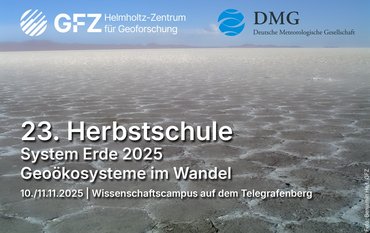
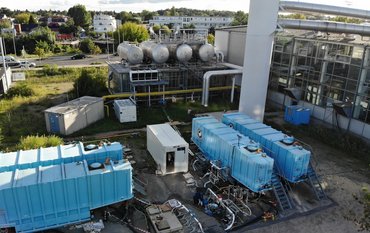
![[Translate to English:] Group photo with 8 people in a seminar room in front of a screen.](/fileadmin/_processed_/2/1/csm_20251114_News_EU-Water-Resilience-Exchange_Kreibich_c-xx_db4e5be690.jpeg)
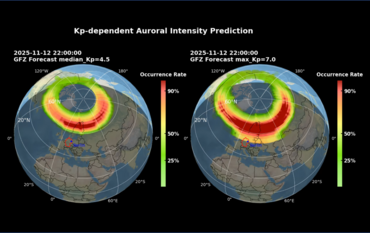

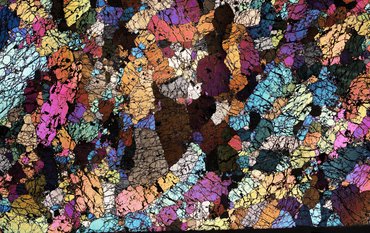
![[Translate to English:] Portrait photo, blurry background](/fileadmin/_processed_/a/2/csm_2025_11_06_JEAN_BRAUN_HE_Helmholtz_Portraits-23_2b5c35beee.jpeg)

![[Translate to English:] Excerpt from a map of the Phlegraean Fields near Naples, Italy: Left: Red dots mark smartphone sensors, yellow triangles mark fixed seismological stations. Right: The area is coloured in shades of yellow, red and purple according to the amplification of seismic waves.](/fileadmin/_processed_/3/b/csm_20251028_PM_Smartphone-Earthquake_Slider_12500fa0e6.jpeg)

![[Translate to English:] Green background, portrait of Heidi Kreibich](/fileadmin/_processed_/1/1/csm_20251023_Kreibich-Heidi-2025-Vollformat-green_web_-c-Michael-Bahlo_72946c7fe4.jpeg)
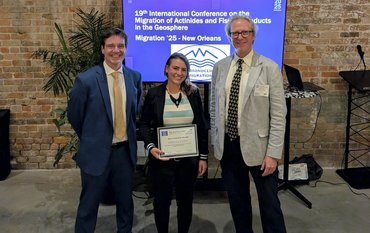
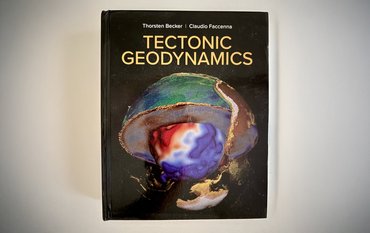

![[Translate to English:] semicircle depicting the future missions, graphics of the new satellites](/fileadmin/_processed_/3/d/csm_2025_10_08_Copernicus_Erweiterung_3f08a76a33.png)
![[Translate to English:] Portrait picture](/fileadmin/_processed_/f/4/csm_Magnall-Joseph-Kachel-c-privat_36e23315c3.jpeg)

